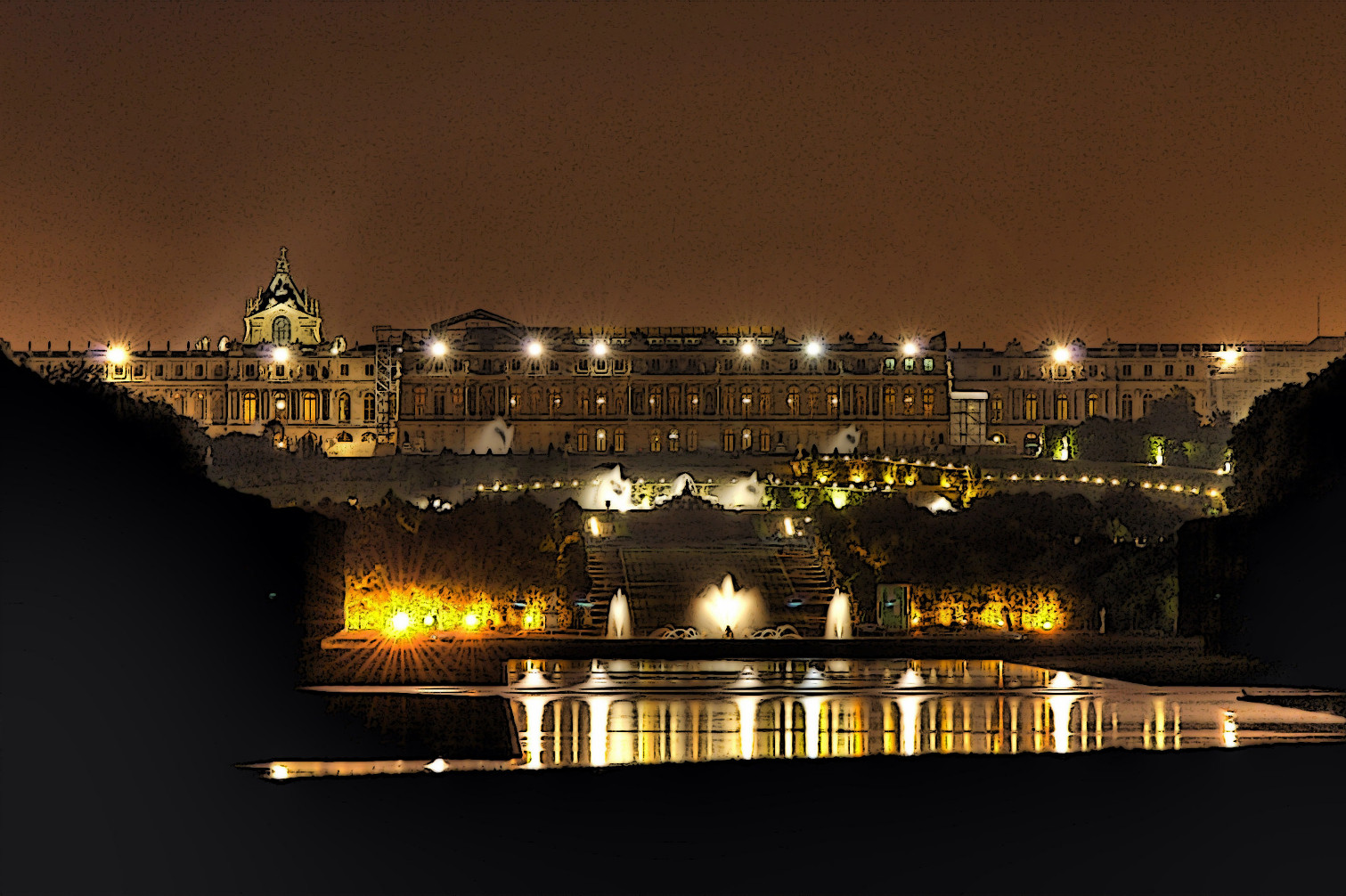Difference between revisions of "Palace of Versailles"
| Line 7: | Line 7: | ||
When the château was built, Versailles was a country village; today, however, it is a wealthy suburb of Paris, some 20 kilometres (12 miles) southwest of the French capital. The court of Versailles was the centre of political power in France from 1682, when Louis XIV moved from Paris, until the royal family was forced to return to the capital in October 1789 after the beginning of the French Revolution. Versailles is therefore famous not only as a building, but as a symbol of the system of absolute monarchy of the Ancien Régime. | When the château was built, Versailles was a country village; today, however, it is a wealthy suburb of Paris, some 20 kilometres (12 miles) southwest of the French capital. The court of Versailles was the centre of political power in France from 1682, when Louis XIV moved from Paris, until the royal family was forced to return to the capital in October 1789 after the beginning of the French Revolution. Versailles is therefore famous not only as a building, but as a symbol of the system of absolute monarchy of the Ancien Régime. | ||
| + | |||
| + | == Palatial Evolutions == | ||
| + | [[]] | ||
| + | |||
| + | == Origins == | ||
| + | The earliest mention of the name of Versailles is found in a document which predates 1038, the Charte de l'abbaye Saint-Père de Chartres (Charter of the Saint-Père de Chartres Abbey), in which one of the signatories was a certain Hugo de Versailliis (Hugues de Versailles), who was seigneur of Versailles. | ||
| + | |||
| + | During this period, the village of Versailles centered on a small castle and church and the area was governed by a local lord. Its location on the road from Paris to Dreux and Normandy brought some prosperity to the village but, following an outbreak of the Plague and the Hundred Years' War, the village was largely destroyed and its population sharply declined. In 1575, Albert de Gondi, a naturalized Florentine who gained prominence at the court of Henry II, purchased the seigneury of Versailles. | ||
| + | |||
| + | == Ancien Régime == | ||
Revision as of 22:06, 9 July 2016
Introduction
The Palace of Versailles, or simply Versailles, is a royal château in Versailles in the Île-de-France region of France. It is also known as the Château de Versailles.
When the château was built, Versailles was a country village; today, however, it is a wealthy suburb of Paris, some 20 kilometres (12 miles) southwest of the French capital. The court of Versailles was the centre of political power in France from 1682, when Louis XIV moved from Paris, until the royal family was forced to return to the capital in October 1789 after the beginning of the French Revolution. Versailles is therefore famous not only as a building, but as a symbol of the system of absolute monarchy of the Ancien Régime.
Palatial Evolutions
[[]]
Origins
The earliest mention of the name of Versailles is found in a document which predates 1038, the Charte de l'abbaye Saint-Père de Chartres (Charter of the Saint-Père de Chartres Abbey), in which one of the signatories was a certain Hugo de Versailliis (Hugues de Versailles), who was seigneur of Versailles.
During this period, the village of Versailles centered on a small castle and church and the area was governed by a local lord. Its location on the road from Paris to Dreux and Normandy brought some prosperity to the village but, following an outbreak of the Plague and the Hundred Years' War, the village was largely destroyed and its population sharply declined. In 1575, Albert de Gondi, a naturalized Florentine who gained prominence at the court of Henry II, purchased the seigneury of Versailles.
